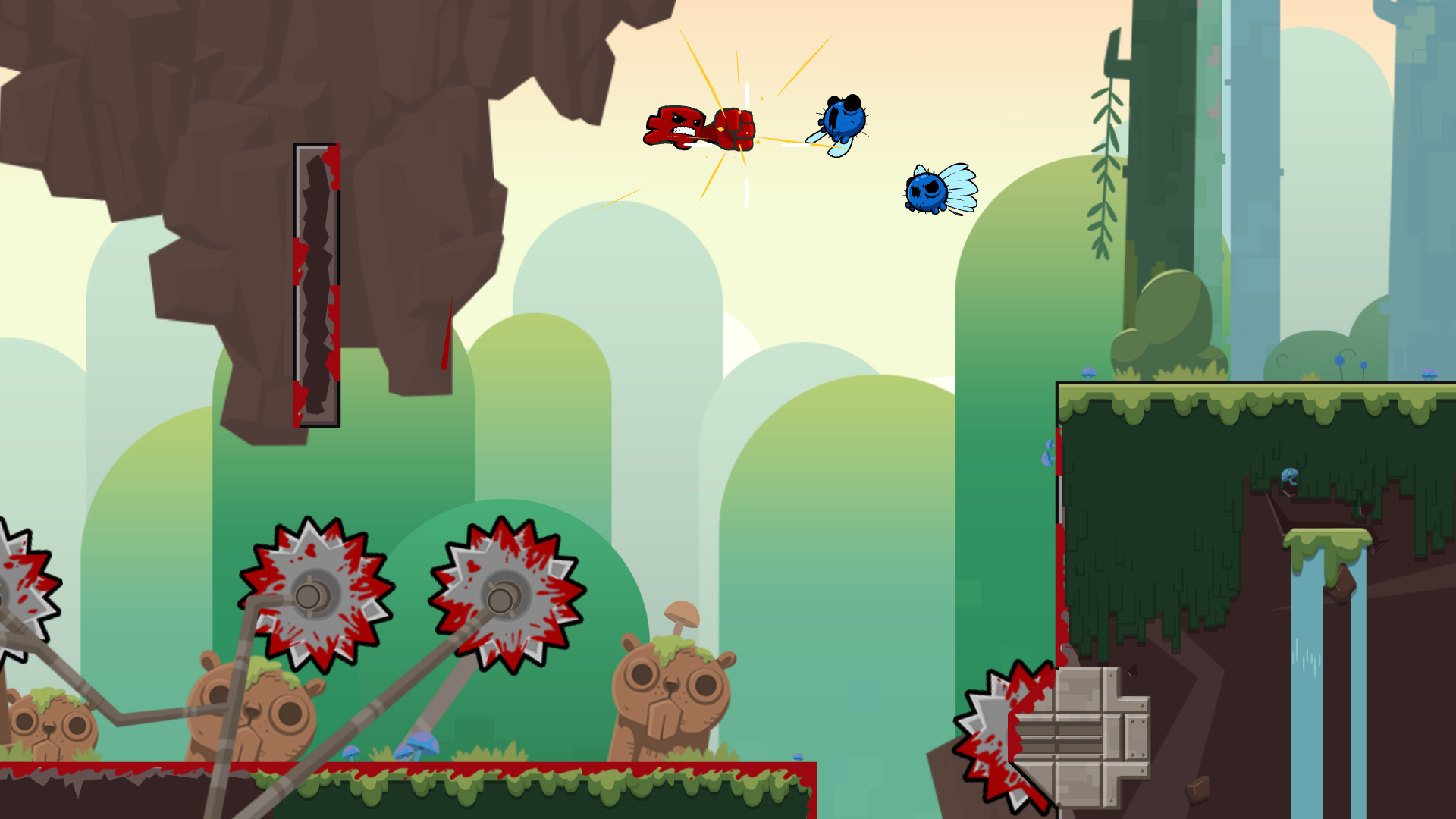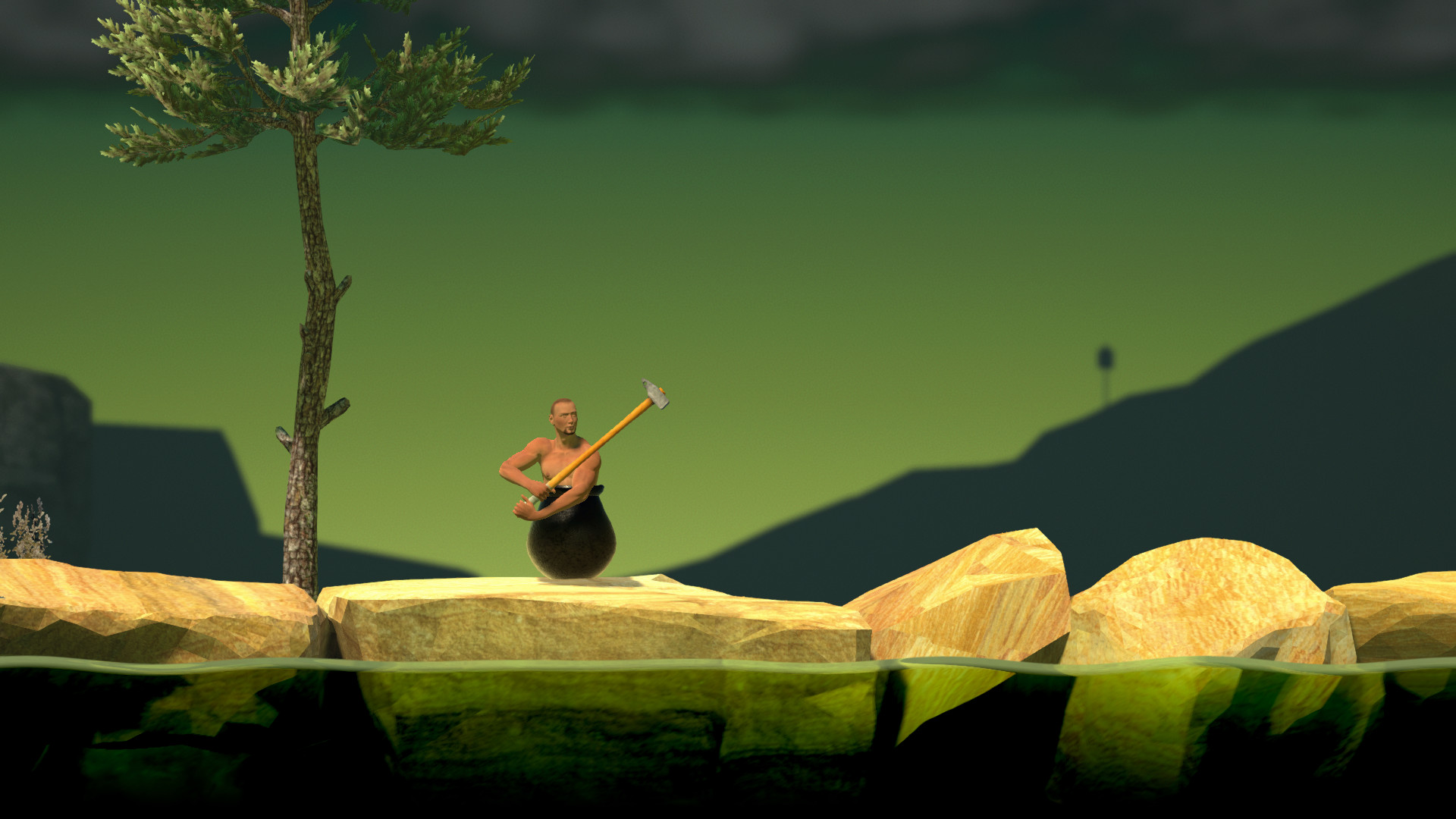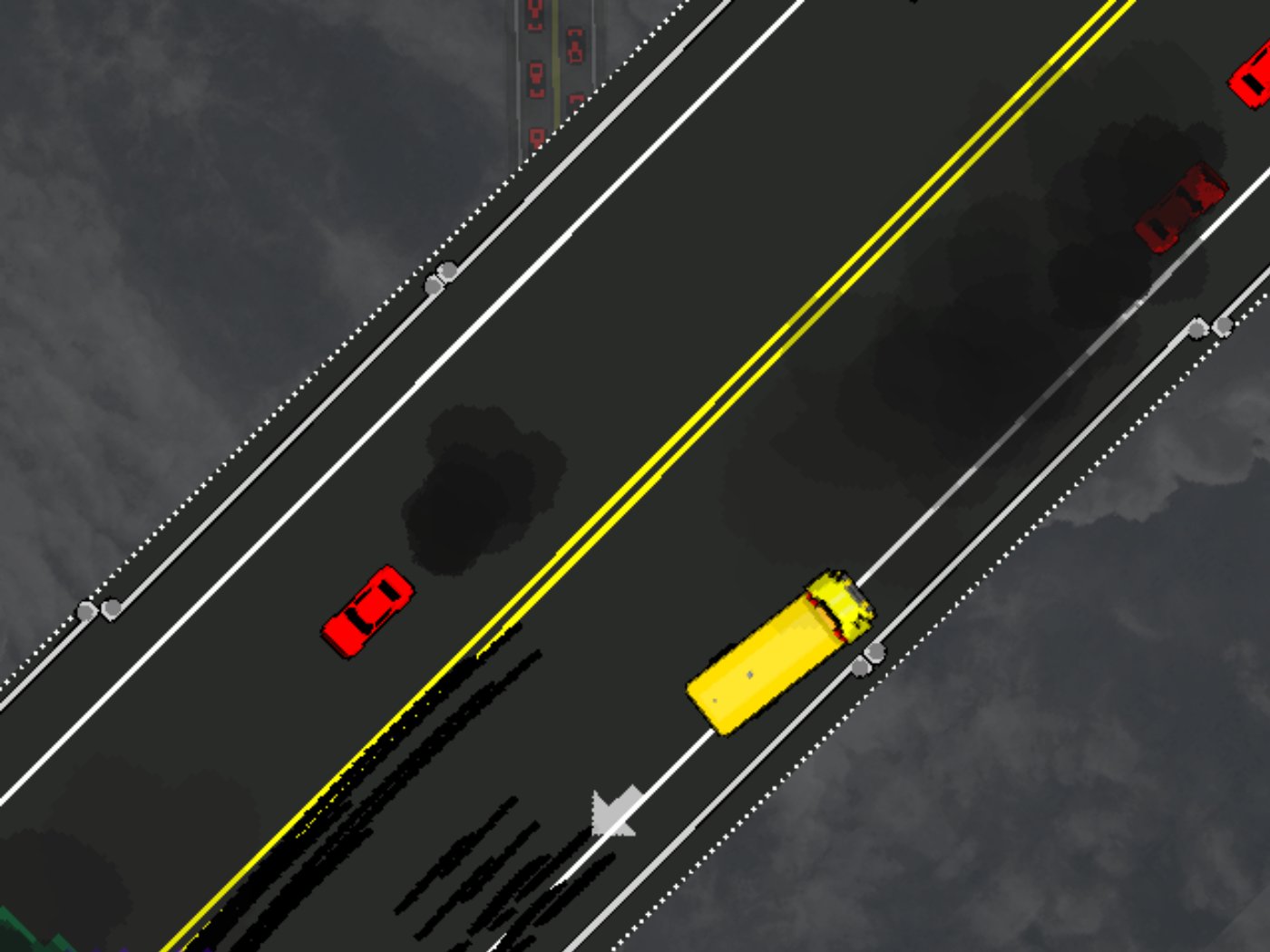Indie Games Are Difficult… Get Over It
In defence of the indie game difficulty trend.

“This Game Isn’t Fun, It’s Torture.” That’s the headline of a forum post appearing on the Game FAQs Super Meat Boy forum page. It’s an angry retort at Team Meat for creating an experience deemed ‘too difficult’ for the average consumer. Similar headlines abound throughout the internet, lamenting the supposedly inaccessible nature of indie games today, and the unnecessary hoops players are being asked to jump through under the promise of a good time. And yet, I don’t see any angry forum posts about indie games using a jump mechanic, or an inventory system.
These are mechanics, a means to an end, and in indie games, so is difficulty. Indie games are personal experiences curated to purvey a distinct message or experience for the player. Difficulty is just an aspect of this, pitching in its efforts to achieving such an experience; it’s not the sole reason a game exists. That is, an incredibly difficult indie game is difficult because it needs to be to satisfy an artistic means to an end; when done right, it’s not the end itself.
The atmosphere, messaging, intended experience, and design of a game can rely on a high level of difficulty, and indie games are proffered the low-risk, niche audience environment to explore this facet of our medium. That can often mean that indie games are difficult, but get used to it because the difficulty mechanic is still in its infancy of exploration.
Let’s start with some history. After all, why should you become more open to an aspect of game design that has traditionally been guarded with highly subjective opinion without knowing some facts first?
Xbox Live Arcade was created to offer a digital storefront to what Microsoft dutifully recognised as a renaissance of the bedroom coder. Players had access to a handful of novel experiences that defied the cookie cutter browns and greys of their mainstream Triple-A regiment, and even better, they were made by gamers themselves, not corporations. Developers needed the core gaming community on their side if they had any hopes of leaving the novelty bench, and what better way to grab a community is there than by going straight to the top.

These hardcore gamers, the Ultra-Hard difficulty setting revellers, the speed runners and one hit kill masochists represented an aspirational market. Catering to the desires of the big guns meant the smaller thumbtack jockeys would soon fall into place. So, yes, indie games were initially difficult. They offered that ideal of prestige that had died along with the arcade, that endurance test later swaddled by health regeneration and instant respawns. Indie games were difficult, and in being difficult, they landed themselves the legitimacy they needed to stretch their limbs.
There was, and still is, one core difference between the concept of Nintendo hard, and indie hard, and it’s the difference many commentators need to step over before welcoming the potential of a higher difficulty setting. Old games are difficult because they had lax controls, single hit kills, no save option, and no permanent inventory. They were difficult, and they were frustrating. Indie games are difficult, but they’re not frustrating. There’s no dodgy jump button to blame, there’s no hitbox malfunction to smash a screen about; anything that goes wrong in your game is your fault. There’s no cheap kill system in place to get you digging in your pockets for more coins, no primitive code to curse, the game is difficult because it’s difficult, not because it’s bad.

Sure, I’ve come across (and swiftly moved on from) plenty of bad, difficult indie games. The distinction to be made though lies in a simple question that needs to be asked. Was this game bad because it was difficult? If yes, you’d need to reassess your pre-purchase research habits because you’re obviously shopping in the wrong section. Or, was this game difficult because it was bad? This trial may end up in a harsher sentence.
Too often, we dismiss games because they are too difficult, without considering why. There’s a difference between a difficult game with bad mechanics or design, and a difficult game designed to encourage experimentation and perseverance. The best difficult indie games are built with difficulty in mind, but as a means to a great experiential message.
This experiential message can be as varied as the wide population of indie games we have at our disposal today. Nevertheless, difficulty for a specified reason is where the indie sector flourishes. A complex platformer, for example, gives the player a reason to take in the game mechanics, to invest themselves in the rules of play and the dangers of not meeting those requirements. The games of Auntie Pixelante have coined the term ‘masocore’ to describe such a hardcore genre. These are games dedicated to exploring the relationship between player and developer and in particular the expectation of the demands of the developer, and the punishment of the player.

Super Meat Boy, for example, uses its fast-paced tempo to keep the player’s headspace clear of distraction; I can only concentrate on one thing when that small red blob is hurtling across the room, and it’s not my phone, for example. The replay mechanic which, at once offers a hilariously rewarding insight into your learning and experimentation process, also feeds us a nugget of developer expectation. You will fail, and you will fail at a number of different stages of the level and in a number of different ways. We are encouraged to persevere, to learn, and to keep trying.
Mark Essen’s Randy Balma: Municipal Abortionist utilises high difficulty as a primary agent through which the game tells its story. A series of four mini-games offering unreliable control systems and near-impossible difficulty, Randy Balma opens as a drugged out bus driver trying to maintain control of a school bus. With controls consistently changing, and a disorienting drum loop exploding whenever you crash, the sequence evokes a tangible sense of confusion and out of control panic mixed in with a hypnotised urge to keep going, to keep overcorrecting, and to keep trying. It’s a perfect translation of the player-character’s state of mind. Throughout this experience, as is throughout any well-executed difficulty mechanic, is the question of what the developer wants me to be doing right now. Is there, for example, a ‘right’ way to not crash this bus, or am I supposed to be driving headlong into that small red car?

And here we arrive at the crux of the difficulty debate, and thankfully, Essen has succinctly encapsulated this crux perfectly. Our entire command over a video game lies in our abstract decision making put into practice through abstract physical movements in attempts to adhere to (or directly evade) unknown perceptions of a creator’s intention.
After all, when I turn down the difficulty settings on a modern triple-A I’m left with a persistent uneasiness that I may, in fact, not be playing this game the way the designers envisioned it. In an arena so focussed on the developer’s intentions (the only arena to be able to do so thanks to small development teams and the strong forces of personal artistic vision that erupt from them), indie games are unashamed in only offering you the intended experience. There’s no easy mode on art.
Saying an indie game is too difficult is like saying a book has too many pages. If that book is good, the narrative strong enough to tide you through a longer read and those extra pages are fruitful, then the requirement for investment is never a bad thing. Likewise, if an indie game is difficult, but that difficulty is part of the game’s experiential message itself and is done in such a way that it adds to, and doesn’t detract from, the core experience of the game, then the requirement for more investment is a necessity. Indie games are difficult, and the fact that they can be deserves celebrating.

